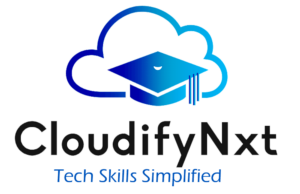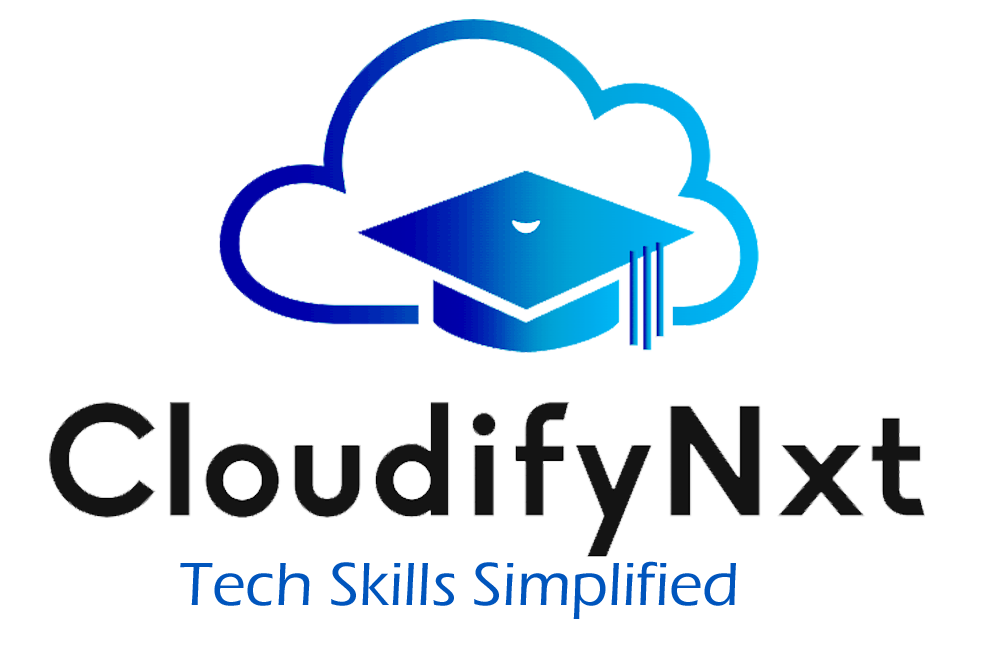
What Is the Easiest Way to Learn Data Science?
A Practical Guide for Beginners in India and Around the World
If you’re wondering what is the easiest way to learn data science, you’re not alone. Every day, thousands of beginners across India, the USA, and beyond search for clear, beginner-friendly paths into this exciting and high-demand field. Whether you’re a student, a working professional, or a career switcher, learning data science doesn’t have to be difficult—if you follow the right approach.
This guide outlines a step-by-step learning path tailored for newcomers who want to break into the world of data science using the most effective and easy-to-follow strategies. We’ll include SEO-rich keywords, popular tools, local job trends, and learning recommendations to help you start strong.
Contents
- 1 ✅ Quick Overview: What to Learn First in Data Science
- 2 🐍 1. Start with Python – The Most Beginner-Friendly Language
- 3 ➗ 2. Learn Basic Statistics and Math
- 4 📊 3. Practice Data Wrangling and Cleaning
- 5 🗃️ 4. Learn SQL for Data Access
- 6 📈 5. Explore Data Visualization Tools
- 7 🤖 6. Understand the Basics of Machine Learning
- 8 💻 7. Build Projects and Share Your Work
- 9 🌐 8. Stay Consistent and Join the Community
- 10 🌍 Local Trends: Data Science Opportunities in India
- 11 📌 Summary: Easiest Way to Start Learning Data Science
- 12 🚀 Final Th
✅ Quick Overview: What to Learn First in Data Science
Before diving into deep theory, it’s important to focus on core foundational skills that build your confidence and competence.
Start with these essential skills:
-
Learn Python programming for data manipulation and analysis
-
Understand basic statistics and mathematics
-
Practice data cleaning and visualization
-
Learn SQL for data querying
-
Explore introductory machine learning concepts
-
Work on real-world projects to build a portfolio
These skills create a strong base for your future career as a data analyst or data scientist.
🐍 1. Start with Python – The Most Beginner-Friendly Language
Why Python?
Python is the most recommended language for beginners in data science because of its simplicity, readability, and community support. Most tools and libraries in data science today are built around Python.
What to learn first in Python:
-
Data types, variables, loops, and conditionals
-
Functions and basic file handling
-
Libraries: NumPy, Pandas, Matplotlib, Seaborn
➗ 2. Learn Basic Statistics and Math
Data science is rooted in math and statistics. But don’t worry—only a foundational level is needed when starting.
Key topics to focus on:
-
Descriptive statistics (mean, median, variance)
-
Probability theory and distributions
-
Hypothesis testing
-
Linear algebra basics (vectors, matrices)
-
Calculus (only basics related to optimization)
Popular Keywords:
-
“Statistics for data science simplified”
-
“Math needed for data science career”
-
“Probability and data analysis basics”
Pro Tip: Use simple real-life datasets (e.g., sales, student scores) to apply statistical methods.
📊 3. Practice Data Wrangling and Cleaning
Most raw datasets are messy. The easiest way to practice is by learning how to clean and prepare data before analysis.
What to learn:
-
Handling missing data
-
Converting data types
-
Removing duplicates
-
Feature engineering
Tools to use:
-
Pandas (Python)
-
OpenRefine for non-coders
🗃️ 4. Learn SQL for Data Access
Why learn SQL?
Every data job requires you to work with databases. SQL is essential to extract structured data from relational databases.
Begin with:
-
SELECT, WHERE, GROUP BY, JOIN
-
Aggregation and filtering
-
Nested queries
Top Search Phrases:
-
“SQL tutorial for data analysts”
-
“Best SQL queries for interviews”
-
“Learn SQL in 30 days for data science”
Tip: Try solving real-world SQL problems using free online platforms or sample retail datasets.
📈 5. Explore Data Visualization Tools
Why is this important?
Great data scientists don’t just analyze data—they also communicate results clearly. Learn how to tell stories through charts.
Start with:
-
Matplotlib and Seaborn in Python
-
Excel charts for beginners
-
Dashboards using Power BI or Tableau
Frequently searched:
-
“How to visualize data in Python”
-
“Data storytelling tools for beginners”
-
“Simple dashboard project ideas”
GEO Tip: In India, companies often value Excel, Power BI, and Python visualization for junior data roles.
🤖 6. Understand the Basics of Machine Learning
Once you’re confident with data, dive into the core of predictive modeling: machine learning.
Start with:
-
Supervised vs. unsupervised learning
-
Linear regression and classification
-
K-means clustering and decision trees
-
Model evaluation: accuracy, confusion matrix, F1 score
Important Keywords:
-
“How to learn machine learning easily”
-
“Best machine learning models for beginners”
-
“Machine learning with Python”
Pro Tip: Use open-source datasets (from Kaggle or UCI) to build models and evaluate them.
💻 7. Build Projects and Share Your Work
Why?
Projects showcase your skills to employers. Even basic projects can give you an edge in job applications.
Project ideas to try:
-
Analyze COVID data trends
-
Build a movie recommendation system
-
Predict house prices using regression
-
Visualize sales performance in a dashboard
Search Popularity:
-
“Beginner data science project ideas”
-
“How to create a data science portfolio”
-
“GitHub projects for data science resume”
Bonus Tip: Host your projects on GitHub or create a simple portfolio website.
🌐 8. Stay Consistent and Join the Community
The easiest way to learn fast is by staying consistent and learning from others.
Do this:
-
Dedicate at least 1 hour daily
-
Join LinkedIn groups and Discord communities
-
Attend webinars or online data science events
-
Follow industry leaders and content creators
🌍 Local Trends: Data Science Opportunities in India
In India, the demand for skilled data professionals is rapidly increasing. If you’re based in:
-
Bangalore – Look for roles in AI startups and MNCs
-
Hyderabad – Data jobs in pharma, retail, and IT
-
Mumbai & Pune – Analytics roles in BFSI and marketing
-
Noida/Gurugram – Enterprise and consulting firms hiring
📌 Summary: Easiest Way to Start Learning Data Science
| Step | What to Learn | Why It’s Important |
|---|---|---|
| 1 | Python | Foundation of coding and data analysis |
| 2 | Statistics | Understand data and model behaviors |
| 3 | Data Cleaning | Prepare data for insights and ML |
| 4 | SQL | Extract real-world business data |
| 5 | Visualization | Communicate findings effectively |
| 6 | ML Basics | Learn to build predictive models |
| 7 | Projects | Demonstrate real-world applications |
| 8 | Community | Stay updated and network for jobs |
